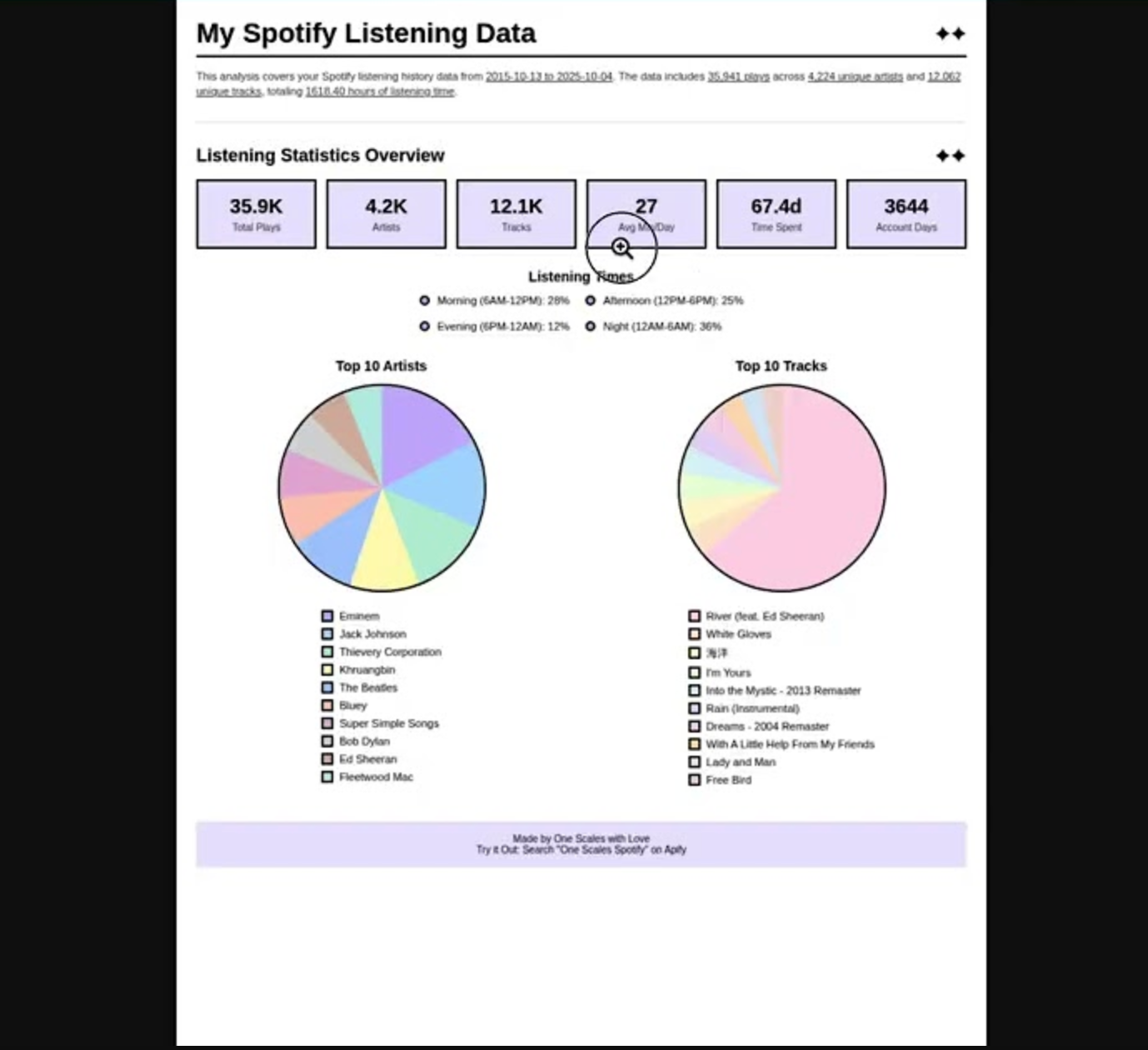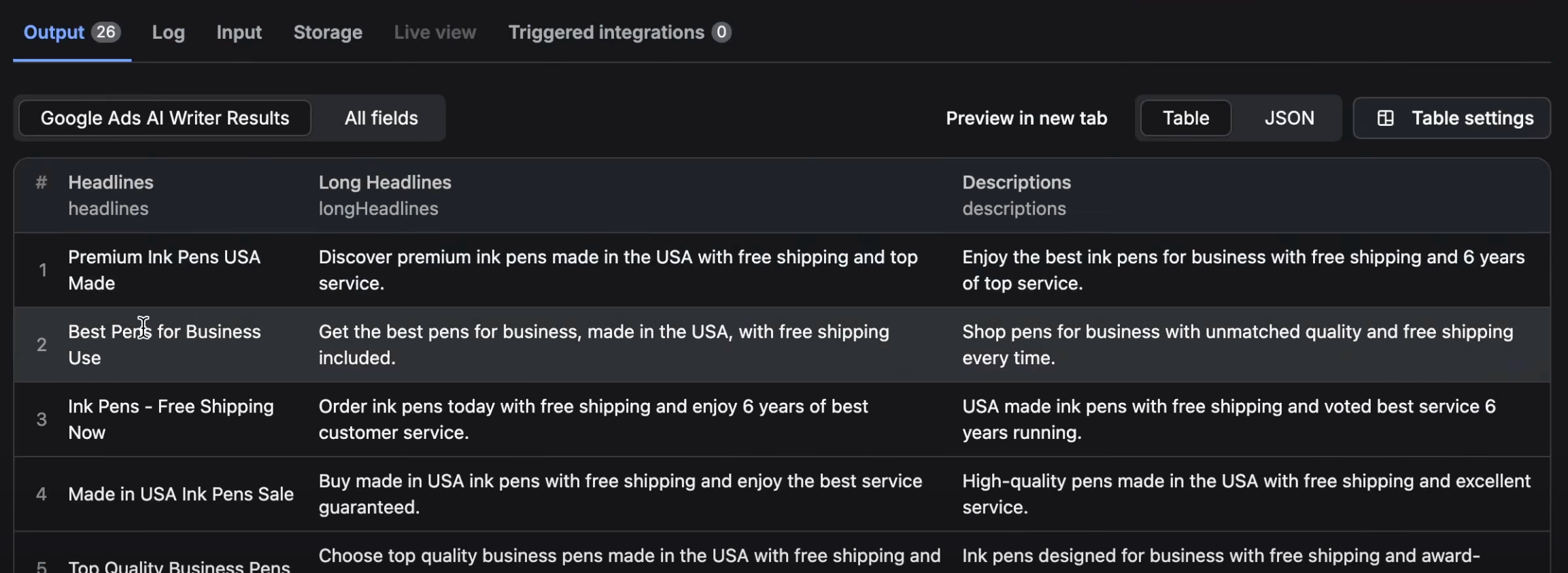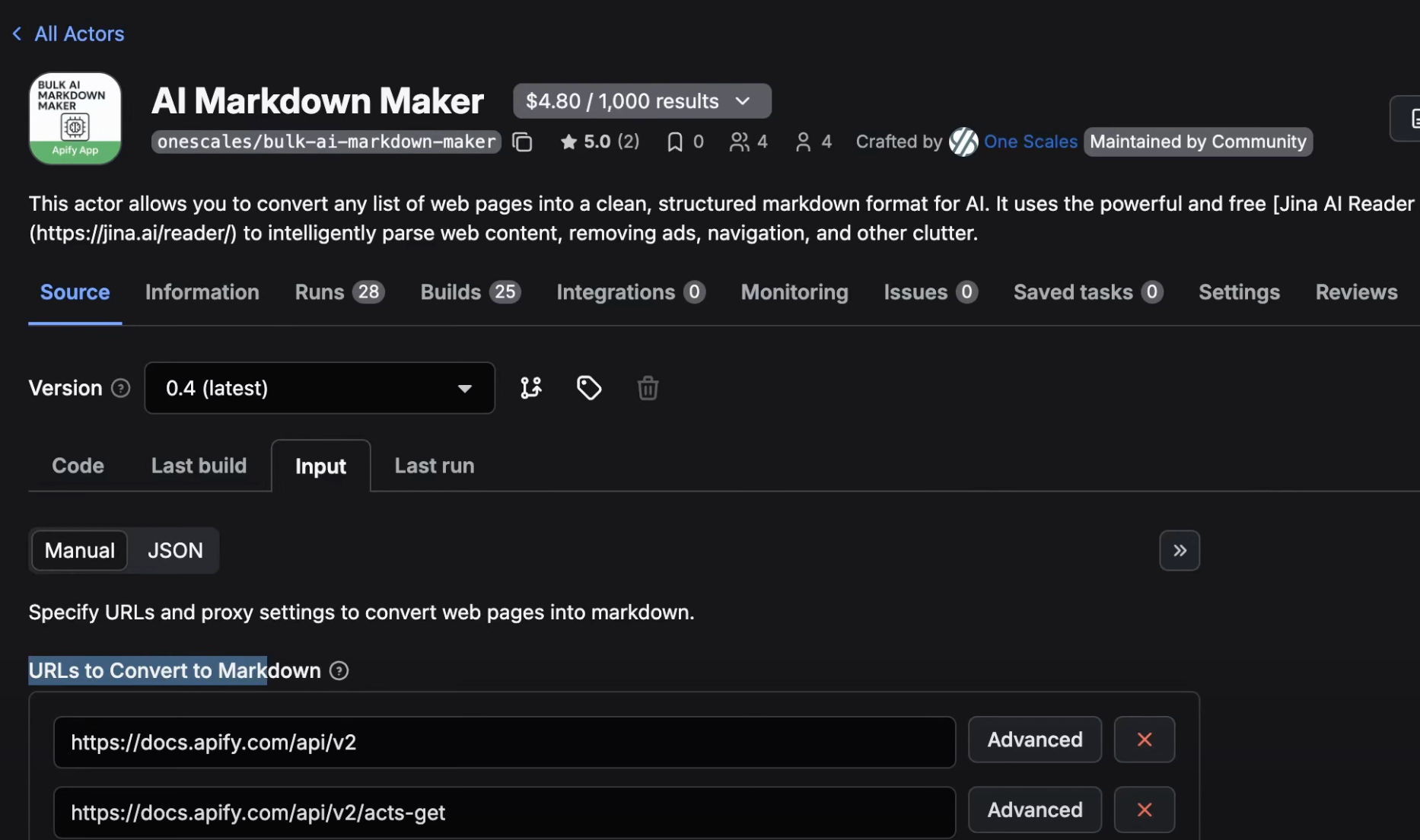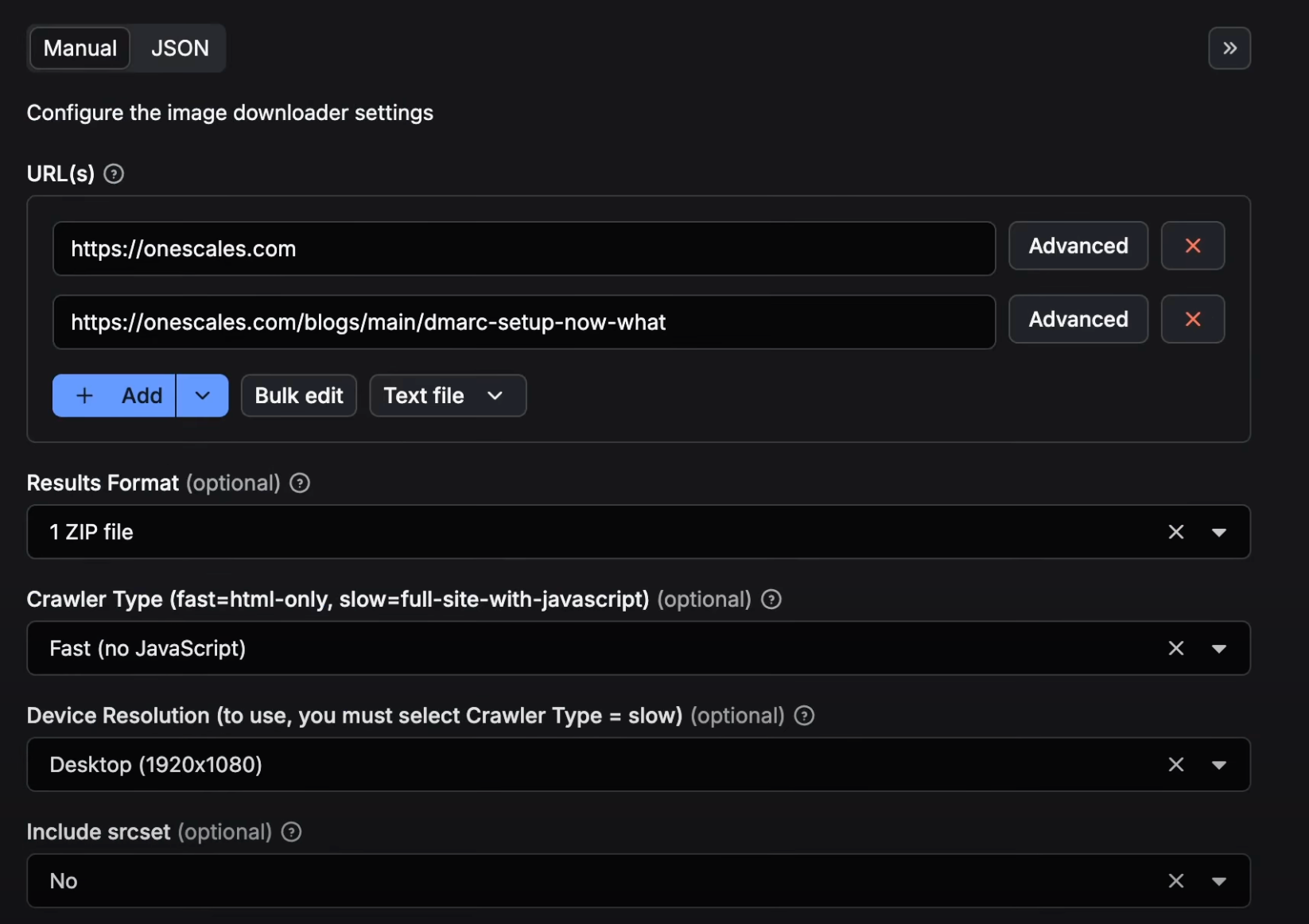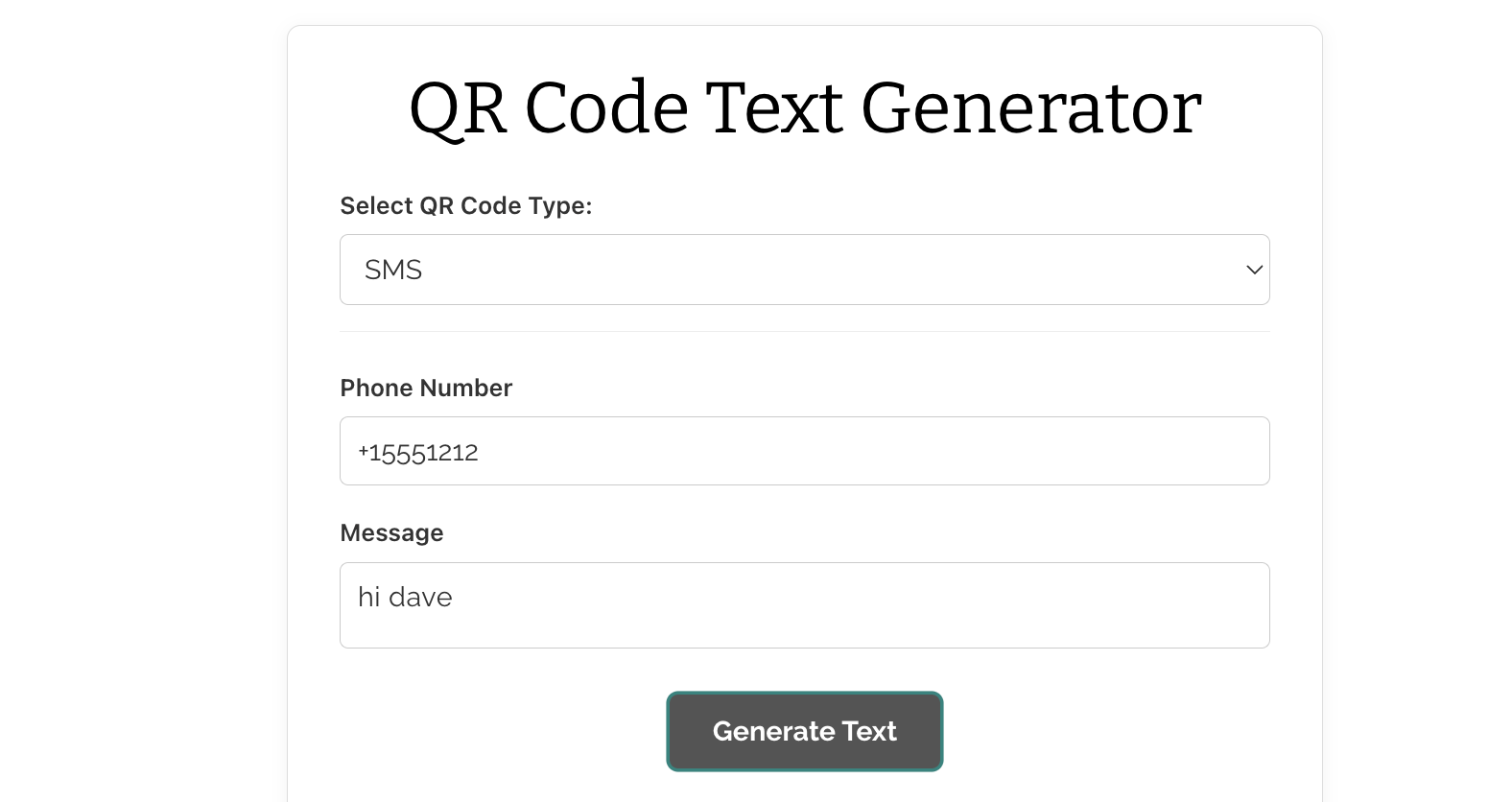If you've ever worried about whether your website can handle a sudden traffic spike, you're not alone. Every developer, founder, and product manager faces this question at some point.
The good news? You don't need to be a DevOps expert to find out. This guide will walk you through everything you need to know about stress testing—and show you how to run your first test in minutes.
What Is Stress Testing?
At its core, stress testing answers one critical question: "What happens when many people use my site at the same time?"
Think about it this way: Your online store might work perfectly with 50 visitors browsing products. But what happens when a viral social media post sends 5,000 people to your site in an hour?
- Will pages load quickly, or will they crawl?
- Will your checkout process work, or will it crash?
- Will your database handle all those queries?
Stress testing (also called load testing) simulates high traffic conditions in a controlled environment, so you can identify and fix problems before real users encounter them.
Why Traditional Stress Testing Tools Are Overwhelming
If you've researched load testing before, you probably encountered tools that require:
- Complex installations on your local machine
- Learning specialized scripting languages like Groovy or JavaScript
- Setting up testing infrastructure with servers and agents
- Days of configuration before running a single test
For small teams and solo developers, this complexity often means stress testing gets skipped entirely. The irony? These are exactly the teams that can least afford unexpected downtime.
Introducing a Simpler Approach
We built our stress testing tool on Apify specifically to eliminate these barriers. Here's what makes it different:
No installations required - Access the tool through your browser No infrastructure to manage - Tests run in the cloud automatically No scripting needed - Configure tests through a simple interface Immediate results - Get comprehensive performance data in minutes
You can start testing right now at https://apify.com/onescales/stress-test-tool
How to Run Your First Stress Test: Step-by-Step
Let's walk through running your first load test. This tutorial assumes you've never done this before.
Step 1: Access the Tool
Navigate to https://apify.com/onescales/stress-test-tool and sign up for a free Apify account if you don't have one. The free tier includes everything you need to get started.
Step 2: Configure Your Test Target
In the Start URLs section, enter the URL you want to test. This could be:
- Your homepage:
https://yoursite.com - A specific page:
https://yoursite.com/products - An API endpoint:
https://api.yoursite.com/users
You can test multiple URLs simultaneously to see how different parts of your site perform under load.
Step 3: Set Your Load Parameters
This is where you define what "high traffic" means for your test:
Concurrent Users How many people should access your site simultaneously? If you're new to load testing:
- Start with 10-25 users to establish a baseline
- Free plan supports up to 10 users
- Paid plans support up to 100 users
Test Duration (seconds) How long should the test run?
- 60 seconds is perfect for initial tests
- Longer tests (300-600 seconds) help identify memory leaks and gradual degradation
- Maximum: 1200 seconds (20 minutes)
Ramp-Up Time (seconds) Should traffic hit all at once or build gradually?
- 0 seconds = Immediate spike (good for stress testing)
- 30-60 seconds = Gradual build-up (more realistic)
- Use gradual ramp-up for your first tests
HTTP Method
- GET for loading web pages
- POST for testing form submissions or API creates
- PUT/PATCH for API updates
- DELETE for API deletions
Step 4: Configure Advanced Options (Optional)
For most users, the basic settings work perfectly. But if you need more control:
Proxy Configuration Enable Apify's proxy system to distribute requests across multiple IP addresses. This is recommended when:
- Testing with more than 20 concurrent users
- Your site has rate limiting per IP
- You want to avoid triggering security systems
Custom User-Agent Customize how your requests identify themselves. Useful for:
- Testing mobile vs. desktop performance
- Simulating specific browser behavior
- Mimicking your actual user traffic patterns
Request Timeout Maximum time to wait for a response (default: 30 seconds). Lower this if you want to identify slow responses more aggressively.
Step 5: Launch Your Test
Click Start and the tool begins your load test in Apify's cloud infrastructure. You don't need to keep your browser open—the test runs independently and notifies you when complete.
Step 6: Analyze Your Results
Once your test finishes, you'll see comprehensive performance data. Let's break down what each metric means.
Understanding Your Test Results
The tool provides two types of data: Summary Records (aggregated metrics per URL) and Request Records (individual request details).
Key Metrics Explained
Total Requests How many requests were sent during the test. Example: 25 users for 60 seconds might generate 1,500 total requests.
Success Rate Percentage of requests that completed successfully (2xx status codes).
- 99%+ = Excellent
- 95-98% = Acceptable but needs investigation
- <95% = Critical issues exist
Response Time Metrics
The tool provides multiple response time measurements:
- Min: Fastest response (ideal case)
- Max: Slowest response (worst case)
- Average: Mean response time across all requests
- Median: Middle value (better than average for skewed data)
- P95: 95% of requests were faster than this
- P99: 99% of requests were faster than this
Why P95 and P99 matter: Averages can be misleading. If most requests are fast but 5% are extremely slow, your average looks okay but users are suffering. P95 and P99 show what your slowest users experience.
Example:
- Average response time: 200ms (looks great!)
- P99 response time: 8,000ms (means 1% of users waited 8 seconds!)
Throughput (Requests/Second) How many requests your system processed per second. Compare this to your expected traffic:
- If you expect 100 req/s in production but your test only achieved 30 req/s with 25 users, you have a scalability problem
Error Rate Percentage of requests that failed. Any errors warrant investigation.
Status Code Breakdown Distribution of HTTP status codes:
- 200: Success
- 301/302: Redirects (expected for some URLs)
- 400-499: Client errors (check your test configuration)
- 500-599: Server errors (critical issues)
Error Details The tool categorizes errors by type (timeout, connection refused, DNS failure, etc.) and shows frequency. This helps you identify the root cause quickly.
Visual Performance Reports
One of our favorite features: the tool automatically generates PNG charts showing:
Response Time Over Time See exactly when performance degraded. Did it happen immediately or after 30 seconds? This helps identify whether you have instant bottlenecks or gradual degradation.
Requests & Errors Over Time Visualize the relationship between load and errors. Useful for finding your breaking point.
Status Code Distribution Pie chart showing the proportion of different HTTP status codes. Quick way to spot if errors are widespread or isolated.
Real-World Example: What Good vs. Bad Looks Like
Let's compare two test results to help you interpret your own data.
Scenario: Testing with 50 Concurrent Users for 60 Seconds
Healthy System:
Total Requests: 3,000
Success Rate: 99.9%
Throughput: 50 req/s
Response Times:
- Average: 180ms
- Median: 165ms
- P95: 320ms
- P99: 450ms
Status Codes: 2,997 × 200, 3 × 503
Errors: 3 temporary network issues
Interpretation: Excellent performance. The system handled the load well, with fast response times and minimal errors. Ready for production.
Struggling System:
Total Requests: 1,200
Success Rate: 78%
Throughput: 20 req/s
Response Times:
- Average: 4,200ms
- Median: 3,800ms
- P95: 12,000ms
- P99: 25,000ms
Status Codes: 936 × 200, 264 × 500
Errors: 264 database connection timeouts
Interpretation: Critical problems. The database can't handle 50 concurrent users, causing slow responses and failures. Requires immediate optimization before launch.
Common Problems You'll Discover
Based on hundreds of tests run by our users, here are the most common issues stress testing reveals:
1. Database Connection Pool Exhaustion
Symptoms: Increasing response times, connection timeout errors, 500 status codes Cause: Your database connection pool is too small for concurrent load Solution: Increase connection pool size or optimize queries to reduce connection hold time
2. Memory Leaks
Symptoms: Performance degrades over time, not immediately Cause: Application doesn't properly release memory, accumulates over requests Solution: Profile your application, identify and fix memory leaks
3. Unoptimized Queries
Symptoms: Slow response times, database CPU spikes Cause: Missing indexes, N+1 query problems, or full table scans Solution: Add database indexes, optimize query patterns, implement caching
4. Third-Party API Bottlenecks
Symptoms: Consistent slow requests to specific endpoints, 429 or 503 errors Cause: External services can't handle your request volume or rate limit you Solution: Implement caching, request batching, or circuit breakers
5. Insufficient Server Resources
Symptoms: Increasing response times, CPU at 100%, out of memory errors Cause: Your server doesn't have enough CPU, RAM, or network capacity Solution: Vertical scaling (bigger servers) or horizontal scaling (more servers)
6. Session Storage Issues
Symptoms: Errors related to session management, inconsistent user state Cause: File-based sessions don't scale to concurrent users Solution: Use Redis or Memcached for session storage
Your Testing Strategy: Start Simple, Scale Up
Don't try to simulate your entire expected traffic on the first test. Build up gradually:
Test 1: Baseline (10 users, 30 seconds) Establish what "normal" performance looks like with minimal load.
Test 2: Light Load (25 users, 60 seconds) See how the system behaves with light concurrent traffic.
Test 3: Moderate Load (50 users, 60 seconds) Push it further to identify early performance degradation.
Test 4: Heavy Load (100 users, 60 seconds) Find your breaking point—where does the system start failing?
Test 5: Spike Test (100 users, 0 second ramp-up, 30 seconds) Test how the system handles sudden traffic spikes.
After each test, review results, optimize issues, and retest to verify improvements.
When to Stress Test
Make load testing a regular part of your development workflow:
Before Launch Never deploy a new application without validating it can handle expected traffic. This is non-negotiable.
After Significant Changes Any major code refactor, database migration, or infrastructure change should be stress tested before production deployment.
Before Marketing Campaigns Planning a product hunt launch, social media campaign, or email blast? Test beforehand to avoid embarrassing outages.
After Scaling Infrastructure Upgraded your servers? Added caching? Changed database configuration? Verify the improvements through testing.
Regularly (Monthly/Quarterly) Even without changes, regular testing catches gradual degradation and validates your system still meets performance standards.
Exporting and Sharing Results
The tool makes it easy to document and share your findings:
Export Formats:
- JSON: For programmatic analysis or integration with monitoring tools
- CSV: Import into Excel or Google Sheets for tracking over time
- Visual Reports: Download PNG charts for presentations
Use Cases:
- Track performance improvements over multiple sprints
- Document system capacity for capacity planning
- Share results with stakeholders who need visual summaries
- Create performance benchmarks for your infrastructure
Advanced Tips for Better Testing
Once you're comfortable with basic testing, try these advanced techniques:
Test Realistic User Journeys Instead of just hitting your homepage, test complete user flows:
- Visit homepage (GET)
- Search for products (GET with query params)
- View product details (GET)
- Add to cart (POST)
- Checkout (POST)
Vary Your User-Agent Test with different user agents to see how mobile vs. desktop performance differs.
Use Geographic Distribution Enable proxy configuration to simulate users from different regions, testing CDN effectiveness.
Test at Different Times Run tests during your low-traffic periods first, then gradually test during busier times as you gain confidence.
Combine with Monitoring While stress testing, watch your application monitoring tools (New Relic, DataDog, etc.) to correlate load with infrastructure metrics.
Pricing and Plans
Our stress testing tool offers flexible pricing to match your needs:
Paid Plans:
- Starting at $10/month
- Up to 100 concurrent users
- Higher test durations
- Priority support
Visit https://apify.com/onescales/stress-test-tool to see current pricing and start testing.
Important: Test Responsibly
A critical reminder: Only stress test websites and APIs you own or have explicit permission to test.
Unauthorized stress testing can:
- Violate terms of service
- Trigger security systems
- Constitute illegal activity in some jurisdictions
- Cause unintended downtime for production services
Always test:
- Your own infrastructure
- Staging/development environments
- Services where you have written authorization
Never test:
- Third-party websites without permission
- Production systems during peak hours (start with staging)
- Services you don't control
Get Started Today
You now have everything you need to start stress testing your applications. Here's your action plan:
- Visit https://apify.com/onescales/stress-test-tool
- Run your first test with 10 users for 60 seconds
- Review the results and identify any issues
- Fix the problems you discovered
- Retest to verify improvements
- Scale up gradually to test higher loads
The difference between guessing and knowing your system can handle traffic is just one test away.
Need Help?
Have questions or need additional features? We're here to help!
Contact us through our support form, and we'll get back to you as quickly as possible.
Ready to ensure your website can handle whatever traffic comes its way? Start your first stress test now at https://apify.com/onescales/stress-test-tool




